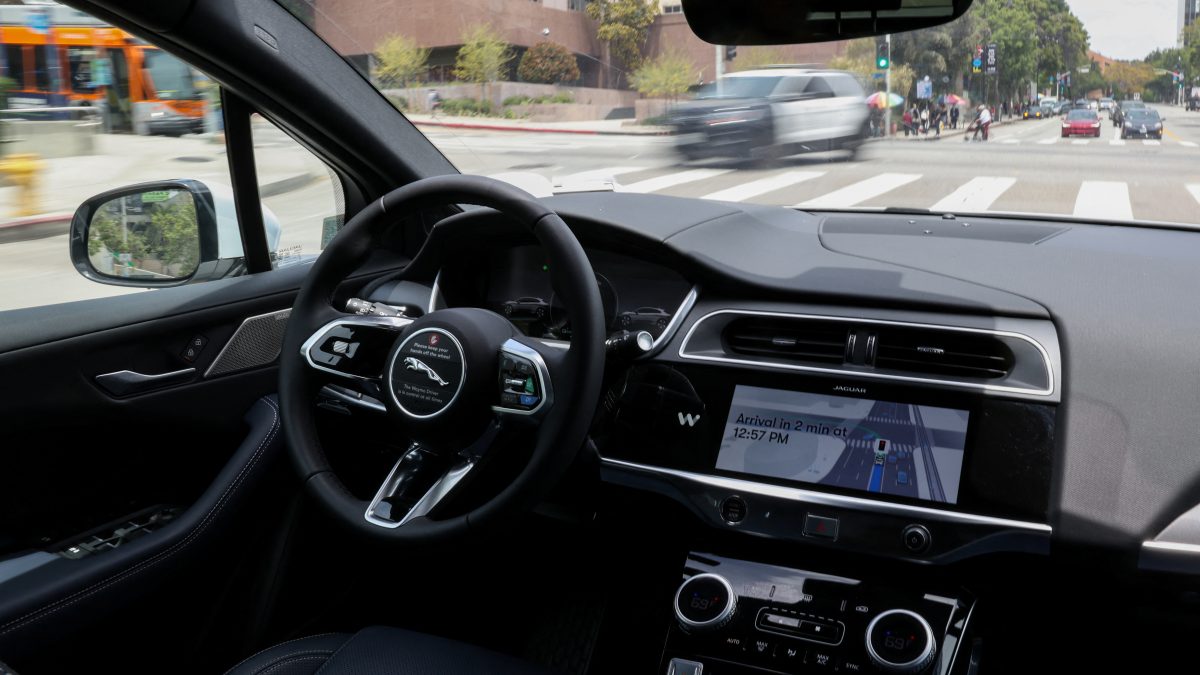Huawei is making big moves to grab a larger share of China’s AI chip market, setting its sights on dethroning NVIDIA, which has long been the dominant player. The company wants to position its new AI chipsets as the go-to choice for local businesses, particularly when it comes to training large language models (LLMs). This bold strategy could shift the dynamics in China’s AI chip industry.
While NVIDIA has been hit by US export restrictions preventing it from supplying advanced AI chips to China, the company still holds a strong position in the market due to its powerful GPUs. Huawei, however, has its eyes on challenging NVIDIA in a different area — ‘inference’ tasks. These are the real-time applications where trained AI models are used to make predictions or solve tasks. Huawei believes this area will see even more demand in the future and sees it as the perfect opportunity to offer a competitive alternative to NVIDIA.
What’s inference and why it matters to Huawei?
Inference is all about running live data through an AI model that’s already been trained, using that information to make decisions, predictions, or solve specific problems. Unlike the training phase, which happens less often, inference is a continuous process that will drive growing demand for AI chips as AI technology progresses. Huawei sees this as a major area where its chips can shine.
Georgios Zachaeopoulous, a senior AI researcher at Huawei’s Zurich lab, noted that while training is important, it’s something that only happens occasionally. In contrast, inference will be used by far more customers, creating a larger and more consistent demand for chips in the long run.
Huawei’s strategy and government support
Huawei’s approach isn’t just about hardware; the company is also working hard to develop the right software to make sure its chips can do the job. Since NVIDIA’s chips and Huawei’s Ascend chips require different software to function, Huawei is helping Chinese companies adopt new tools that will work seamlessly with its AI chips.
To make things even more interesting, Huawei is getting a boost from the Chinese government, which has been encouraging local firms to choose Huawei’s AI chips over NVIDIA’s. Many experts are now saying that Huawei is the most serious threat to NVIDIA in China, making the competition even fiercer.
Challenges for Huawei
Of course, Huawei isn’t without its challenges. Its Ascend chips, while strong on an individual basis, face issues when it comes to connecting multiple chips together. This is especially important when training large AI models, where tasks need to be split across several chips. If one chip fails, the system has to quickly shift the work to the others, and that can cause delays.
Another hurdle for Huawei is convincing Chinese businesses to switch from NVIDIA’s well-established Cuda software to Huawei’s own proprietary tools. NVIDIA’s software is deeply integrated into the AI ecosystem, so getting companies to make the switch could take some time.
Despite these challenges, Huawei is not backing down. The company is already working on improving its chips with the new Ascend 910C processor, which it claims will solve some of the previous issues. Whether Huawei can successfully chip away at NVIDIA’s lead in China’s AI market is still up in the air, but it’s clear the race is heating up.


)

)
)
)
)
)
)
)
)



